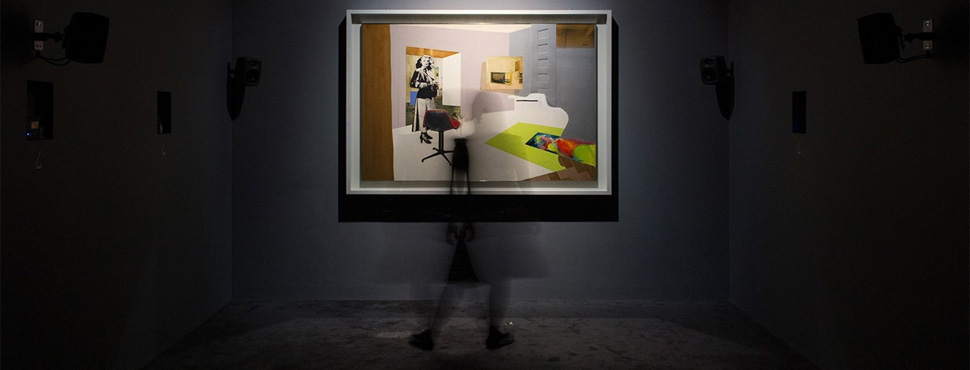“Galleries are overwhelmingly visual. But people are not – the brain understands the world by combining what it receives from all five senses. So can taste, touch, smell and sound change the way we ‘see’ art?”
This was the question that prompted the creation and launch of the Tate Sensorium – an award-winning small but beautifully formed installation that has been receiving great reviews and proved so popular that it was extended until October this year.
It featured four famous paintings, but rather than simply letting visitors view them, it built a sensory experience around each one encompassing smell, taste and touch inspired by the art. The result was a far more immersive experience than you would get in any traditional gallery. This enabled people to make a deeper connection with the paintings and get a better understanding of each one.
Marketing and advertising also remains essentially a visual medium. Yet for a profession that places a high value on developing brand personalities to create a key point of difference in the marketplace, many tend to be rather two dimensional. However, taking them out into the real world by developing an experience that reflects the brand’s vision and values, and more importantly does this through live interaction with consumers, delivers a far more sensory, three-dimensional impact, resulting in greater immersion, just like the Tate Sensorium.
The dare game Jelly Belly Beanboozled, cleverly created by the famous sweet brand, has become a YouTube sensation. The challenge invites customers to try their luck by spinning a spinner and having to eat the jelly bean on which the pointer lands, which could either be a regular version or a gross-tasting bean – kind of sweetie Russian Roulette. Yet the idea truly came to life through a series of live events developed around the challenge. Being able to taste, smell and touch the sweets, while actually living the fun personality of the brand, created a much more intense experience than simply watching a video. The colourful mass-participation events themselves also made for more interesting video watching through social media, extending the fun far beyond the walls of the event.
What is particularly interesting about the Tate Sensorium from a marketing perspective is the technology used to heighten the art experiences, which brands could potentially borrow.
Visitors were not able to touch the expensive paintings on show, so touchless haptic technology was used to simulate this. Using focused ultrasound from an array of speakers that vibrated on people’s hands, it created the sensation of touch without the need to wear gloves or special equipment.
With respect to taste, an edible product was specially developed that stimulated a haptic taste experience in response to the textural qualities and meaning of the art. Such technology could mean that consumers could literally ‘taste’ a non-edible brand.
Meanwhile, a selection of perfumers created bespoke fragrances to reflect each painting, a technique that could be used to develop specific brand smells to strengthen a brand’s personality.
Finally, wearable devices assessed visitors’ reactions to each art experience. Calculating electrodermal activity (a measure of perspiration), it was possible to tell how calm or excited wearers were. So brands could even measure the direct effects of their live experiences on consumers, without any need for a questionnaire.
There is no substitute for being able to see, touch, feel and generally interact with a product – to ‘try before you buy’. It is precisely this kind of immersion marketing that creates a bond between brand and buyer, builds loyalty and keeps them coming back for me.
By marrying the latest technology with a well crafted live experience, brands can develop stronger personalities and engage more deeply with their customers. So taste, touch, smell and sound can change the way we ‘see’ brands as well as art.
By Ian Priestman, Head of Experiential at Blackjack Promotions.
Originally posted 19 November 2015 Digital Marketing Magazine

